An unlimited number of colors, photographic quality, and the ability to create tonal transitions are the main advantages of direct printing.
It involves printing the design on a special printer using CMYK colors plus white. It does not require the preparation of screens. This method is intended for small runs due to the relatively high cost of a single print and the low efficiency of the printer. It is an economical way to print multicolored designs for orders with many different graphics or a small quantity of items. It is especially recommended for white T-shirts.
Application:
Advantages:
Disadvantages:
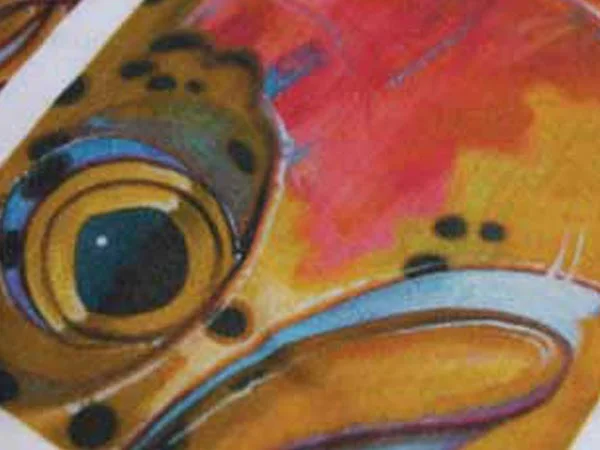
In the fast-evolving world of garment decoration, DTF (Direct To Film) technology is gaining significant traction. This innovative printing method combines high-quality results, versatility, and relatively low setup costs. While it may not replace every traditional technique, in many cases, it proves to be an ideal solution — for both small businesses and large-scale print shops.
DTF printing involves transferring a design onto a special PET film using a dedicated inkjet printer with pigment-based inks. A layer of hot melt adhesive powder is then applied to the fresh print, and the film is cured using a heat press or drying oven. The ready-to-use film can later be transferred onto fabric using a heat press — typically at around 140–160°C for several seconds.
A major advantage of this method is the ability to prepare prints in advance, store them, and apply them to garments at any desired moment.
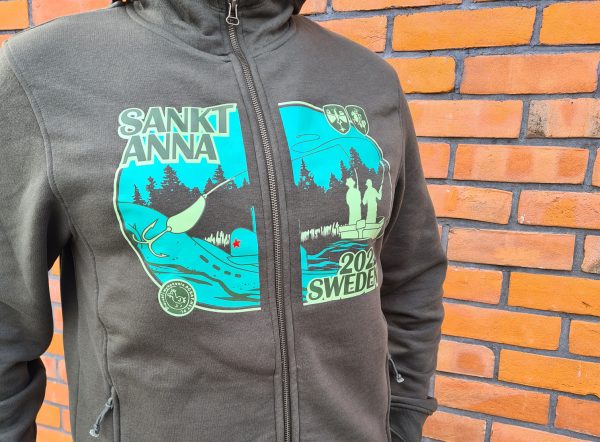
As with any method, DTF has some downsides:
DTF is an excellent choice for promotional apparel, sportswear, event clothing, personalized merchandise, and more. It’s particularly useful when you need:
It’s a flexible technology that can complement — or in some cases, replace — traditional printing methods like screen printing, DTG, or embroidery.
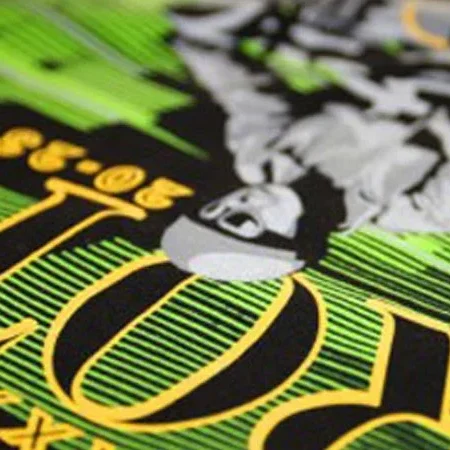
Of all printing techniques, screen printing has the longest history. Experts are divided on where …
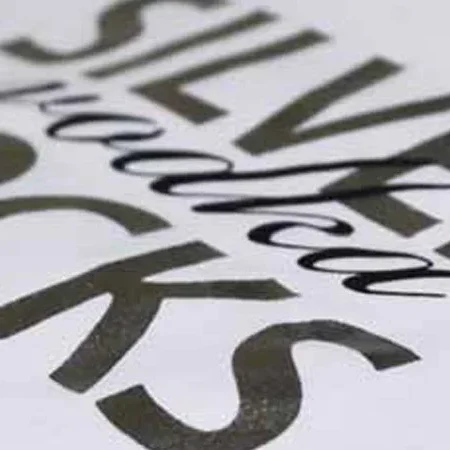
Computer printing or screen printing is applied to paper or transfer film, which is then …
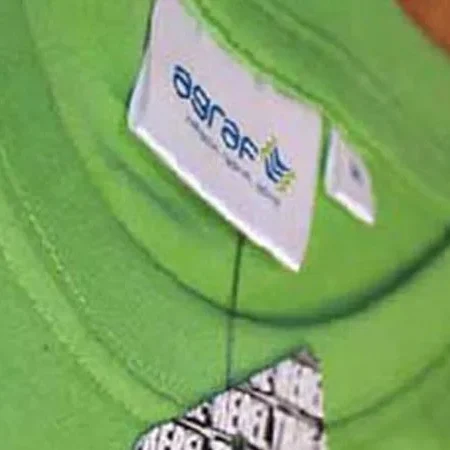
An alternative to embroidered patches that allows for the creation of smaller details (woven labels) …
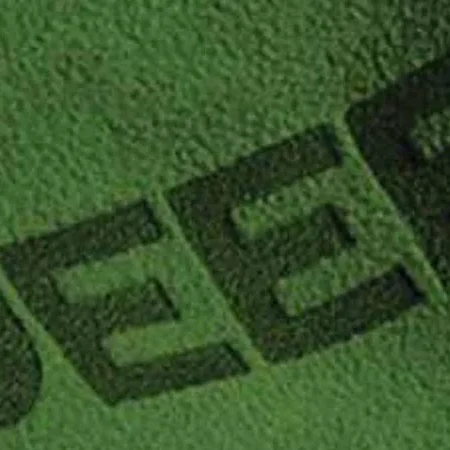
LaserInnovative method for decorating textiles, both cotton and polyester, such as softshells, T-shirts, or polos. …


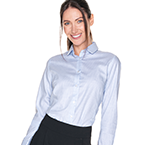

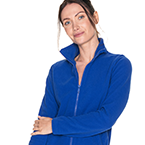
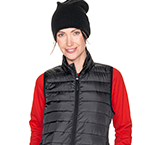

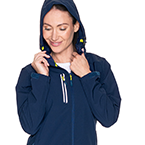
LPP Printable focuses on sustainability and adapting to customer needs. LPP Printable is a group of clothing brands that specializes in work and promotional clothing.
Promostars is a brand specializing in the production of promotional and advertising clothing. The brand emphasizes quality, diversity, and product availability.
Crimson Cut is a brand that specializes in the production of streetwear and trendy clothing, often combining modern design with classic elements.
Mark The Helper is a clothing brand that focuses on creating functional workwear. The brand places a strong emphasis on the quality of materials.
Geffer is a clothing brand that specializes in the production of modern and functional apparel, often in casual and sporty styles.
